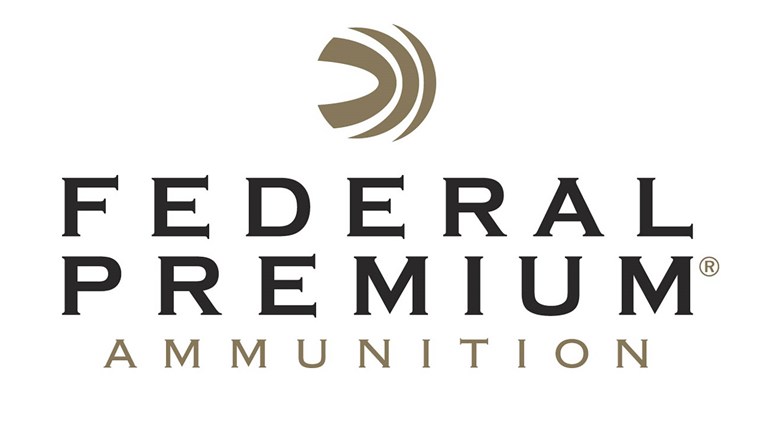The ammo that did the job so well on my mountain goat—Federal Premium’s new Trophy Copper—got me current on a trend I have been following since my second elk hunt in 1986. Figuring I better go all out for that one, I got a couple boxes of the load that changed the face of big-game ammo, Federal Premium bearing the Nosler Partition bullet.
Federal actually launched the trend in the late-1970s, when it debuted custom-bullet performance in factory-loaded ammo. Here was a product available in most sporting goods outlets, and, though a little costlier than standard issue, still was affordable for hunters who wanted something better. Soon Federal offered loads with specialty projectiles from Nosler, Sierra, Trophy Bonded, Barnes and other makers, and the die was cast.
“Premium ammo—that’s our song,” vows Rick Stoeckel, Federal brand marketing director, “and we’re still singing it. Literally we have searched the world for the best bullets we can load to produce ammo that rivals the very best handloads.
“It’s not easy. It’s a challenge to build a premium product in a busy mass-production environment. It requires far more lot testing and quality control. It’s difficult. But we can do it and have been for a long time. We have the right people, engineers and production folks.”
Lately the initiative has featured more high-end proprietary components. This began when Federal acquired Trophy Bonded, brought the brand in-house, and improved its Bear Claw and Sledgehammer projectiles. A few years back the Trophy Bonded Tip—a tipped, deep-penetrating, long-range number—was added.
Further change occurred after Freedom Group acquired Barnes Bullets, whose all-copper products were a long-time, popular entry in the Federal Premium line. “Non-lead performance is an ongoing issue, and for various reasons, some hunters want that option,” said Stoeckel. “And so we decided to develop a solution over which we have more control—Trophy Copper—an improved copper bullet that offers consistent terminal performance over a wider velocity window, meaning at all ranges.”
The new flat-shooting boattail spitzer has a copper-alloy composition, is topped with a polymer tip and features four concentric grooves on the shank intended to reduce fouling and thus promote accuracy. The cases are nickel-plated for easy extraction.
Through my lightweight Kimber 8400, a very capable field shooter but hardly a match rifle, I averaged 1.15 inches for five, five-shot groups at 100 yards. More important in preparing for the hunt were long-range results. After re-zeroing at 250 yards, I fired 10 shots at 400 yards and produced a group that, excluding one flier, measured 5.5 inches and dropped just 13.7 inches below point of aim. My point blank range extended to about 340 yards, and so I trekked off to British Columbia confident in my equipment and my familiarity with it to shoot long distance.
“What’s changed the most in today’s ammo equation are shooters,” said Stoeckel. “Thanks to good press coverage and their own experience, they are more knowledgeable than ever. More shooters now really understand factors like ballistic coefficient, upset, terminal performance, etc., and that has driven the market.
“So we’re doing even more to earn their business. We are making sure people know we use Gold Medal match primers, the best in the business, in all Federal Premium rifle loads. That’s an exclusive since there are no OEM sales of those primers. You won’t see GM primers in loaded ammo except ours,” added Stoeckel. “Also we rely on brass made in house. We insist on consistency and control. That’s how we remain number one for premium ammo--the category we created.”
Though it never was my intention to try every Federal Premium big-game rifle load—in fact I haven’t; there have been dozens of offerings—I like closing the circle, having hunted with the original and now the lineup’s latest addition. In between there have been many good turns, everything from backyard whitetails to a record leopard in Zimbabwe to my latest prize, the BC billy. I can’t wait to see what’s next.




































